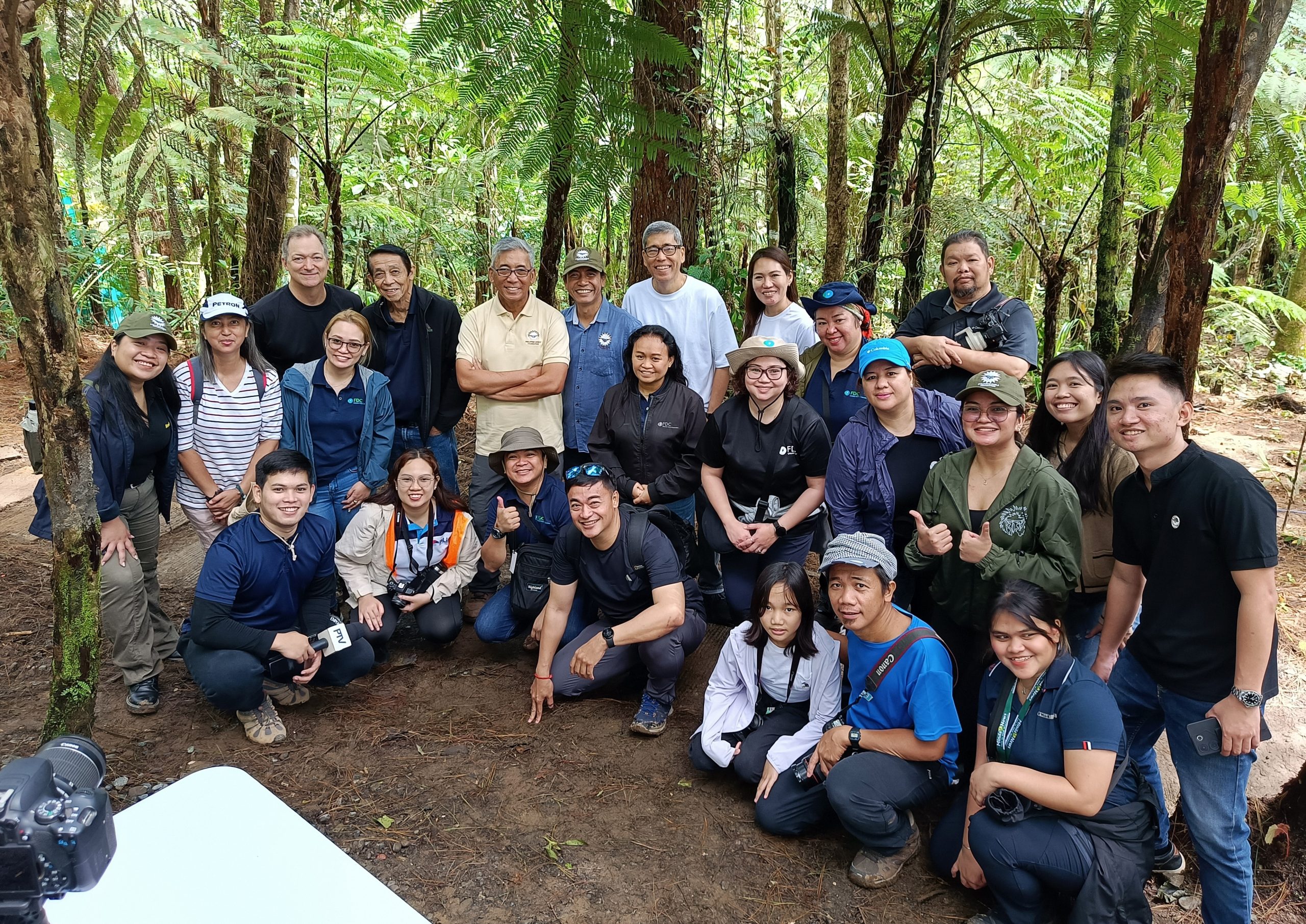THE PHILIPPINE Eagle Foundation, Inc (PEFI) initiated the transfer of the first batch of breeding Philippine eagles on Tuesday, February 13, to a newly constructed facility within the Eden Tourism Reservation Area in Barangay Eden, Toril District, Davao City.
The transfer to the National Bird Breeding Sanctuary (NBSS) aims to help isolate the captive-breeding stock away from potential sources of diseases and environmental pollutants and explore other breeding and rearing techniques to bolster future reintroduction and restocking of the eagle species.
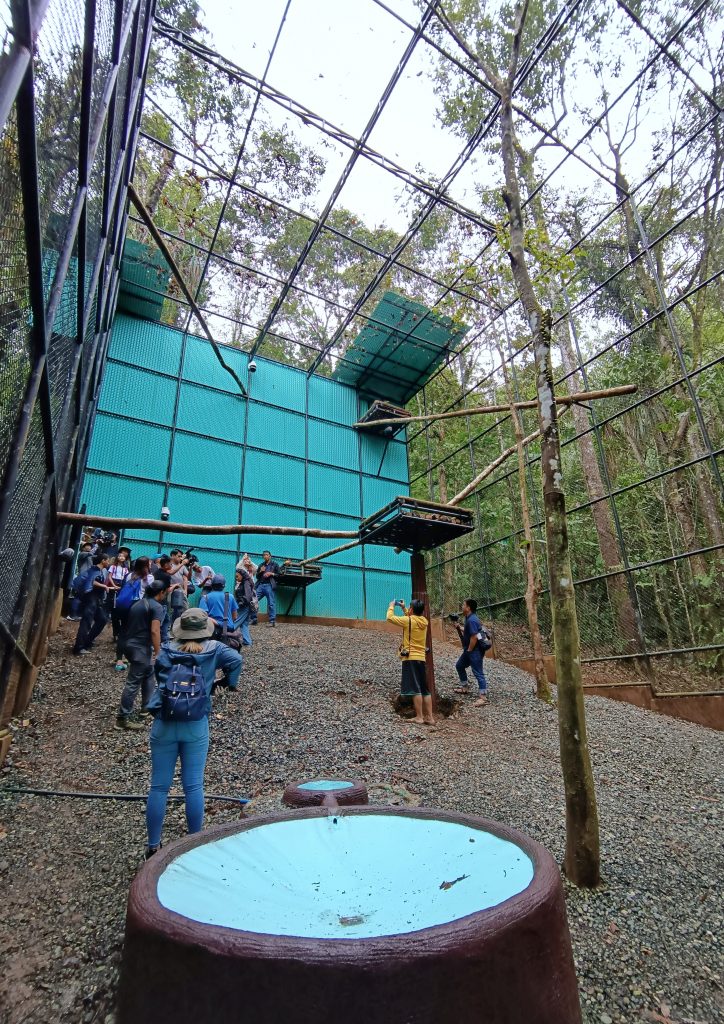
“This is the fruition of years of convincing government to do something with our eagles. We first submitted a risk management master plan in 2009. This came to completion in 2019 when we made a breeding loan agreement for the eagles to Singapore. With the advent of the Asian bird flu in Mindanao, we had to accelerate to move our breeding birds elsewhere as the local government can not control the developments in Malagos with the flourishing of game fowls and poultry farms that puts the eagle population at great risk,” said PEFI Executive Director Dennis I. Salvador.
A total of eight Philippine eagles are transferred to the new facility in a contained and forested area in upper Barangay Eden. The foundation targets to transfer 16 eagles before the breeding season in July.
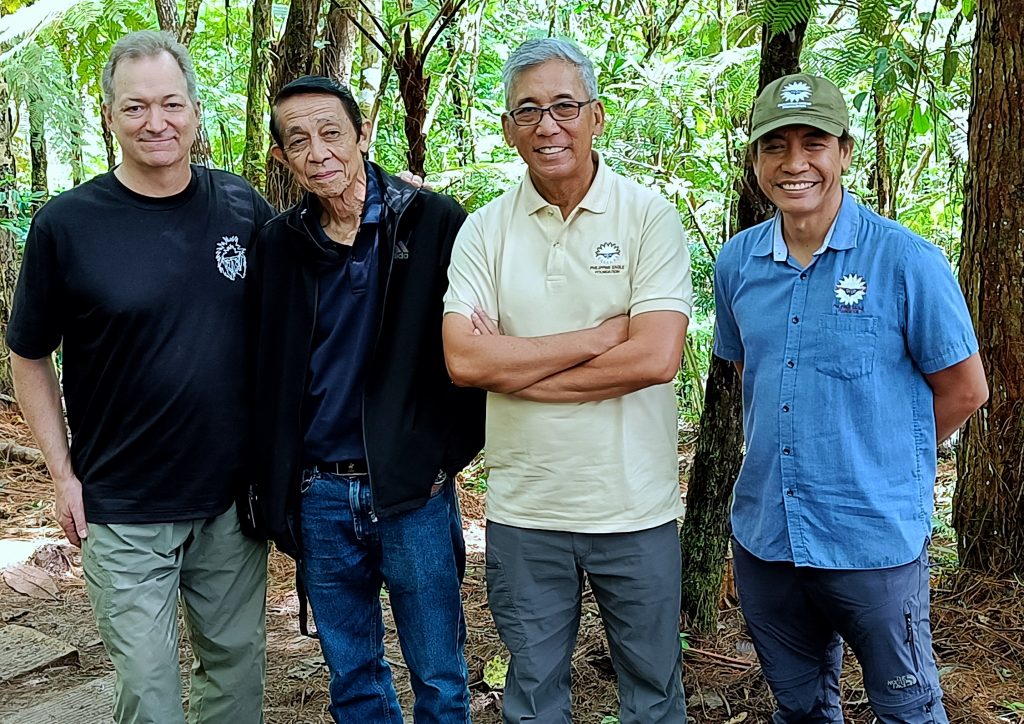
“We have initially transferred naturally paired MVP Matatag, an eagle rescued from Mt Apo, and Ariel, another rescued eagle from Wao, Lanao del Sur, along with Philippine eagles Bangsa Bae and Balikatan (both undergoing pairing),” said PEFI director for operations Jayson Ibanez during an ocular with the media to the said facility.Mal-imprinted birds for cooperative artificial insemination (CAI) pairs Eiko and Dakila, and Lipadas and Pinpin will also be part of the first batch of eagle transfer. CAI is employed on mal-imprinted eagles, which occurs when the eagle imprints itself on a subject other than its own kind, such as its human caretaker.
The NBBS, situated more than 2,000 meters above sea level, is deemed more conducive for the breeding eagles.”
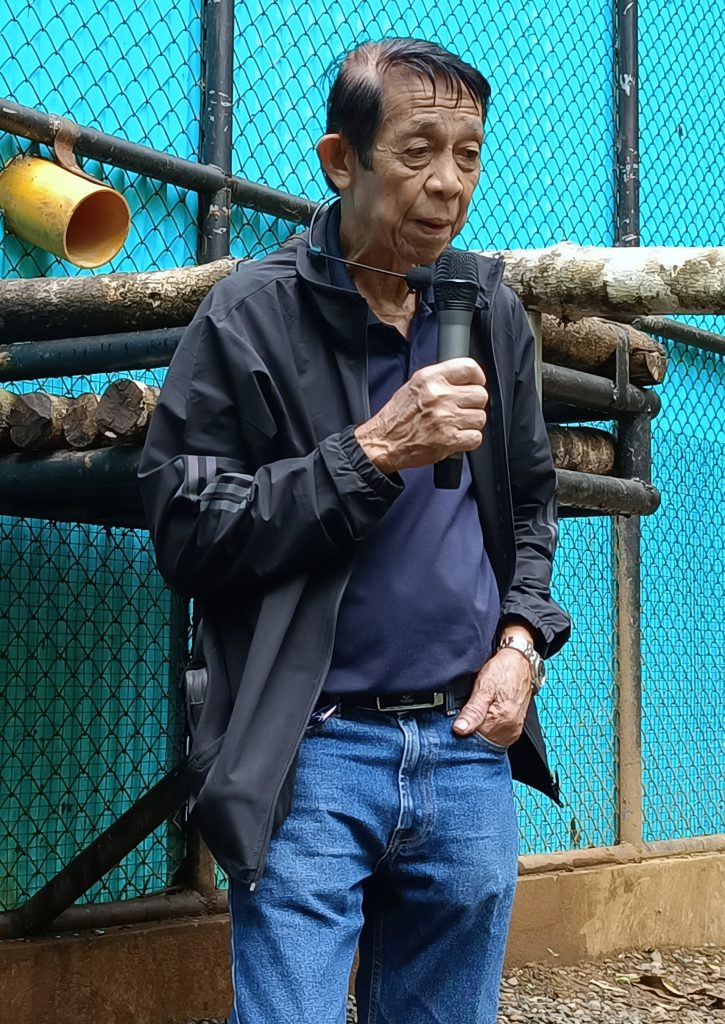
” The cool and quiet environment is suited for the birds, with not much disturbance from human activities. We can probably see the difference after two breeding seasons that this place is so much better than the one in Malagos,” shared consultant to the Conservation Breeding Program Domingo “Domeng” Tadena, who has been working with the eagles since the late 70s.
Currently, there is one breeding chamber (measuring 40 feet x 30 feet x 30 feet) inside the facility as well as six temporary holding cages for the imprinted eagles. Another breeding chamber is still under construction.
The breeding chamber, where eagles Ariela and Matatag will be contained, is equipped with two high definition, 4K resolution closed circuit cameras and microphones funded by Explore.Org, and donated and installed by Raptor Resource Project executive director John Howe, who demonstrated how the state-of-the-art cameras work.
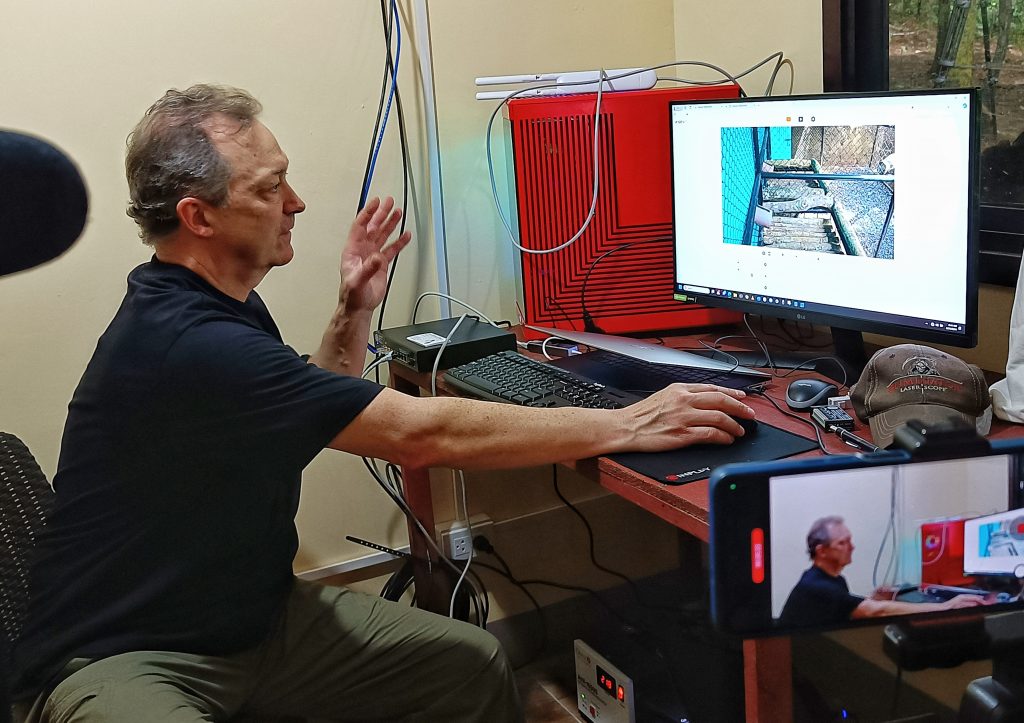
His nonprofit organization, specializing in the preservation of falcons, eagles, ospreys, hawks, and owls around the world, has been supporting the Philippine eagle conservation in various endeavors, including the documentation and filming of the documentary “Birds of Prey.”
“We are very proud to be partnering with the PEFI. What an opportunity here to help preserve and make sure the Philippine eagle survives into the future. The live cameras will certainly help with the research and will enable to capture, process, and live-stream real-time videos of the eagles (via YouTube and the PEFI) website, allowing Filipinos and the world to see this amazing eagle,” Howe said during the press conference.
As the eagles are transferred into the NBBS, it will be strictly off-limits to the public. The live stream will serve as the public’s only way to see the breeding eagles.
“We have survived primarily through private and voluntary contributions for 37 years. With live-streaming (our eagles), we expect more public sympathy and support to come in for the conservation of our national bird,” added Salvador.
The PEFI also reported that there are now only 392 Philippine eagles remaining in the wild. The eagle population in Leyte is now believed to be extinct.

